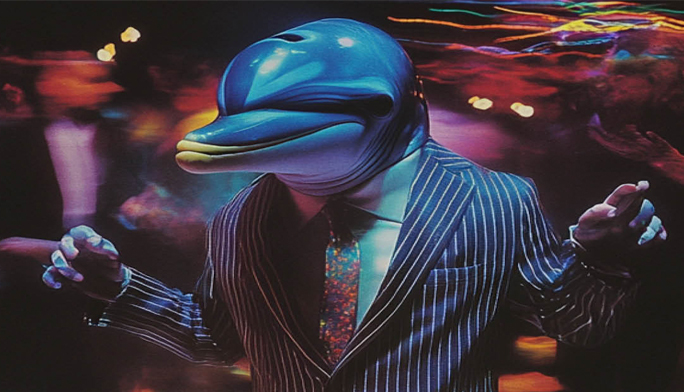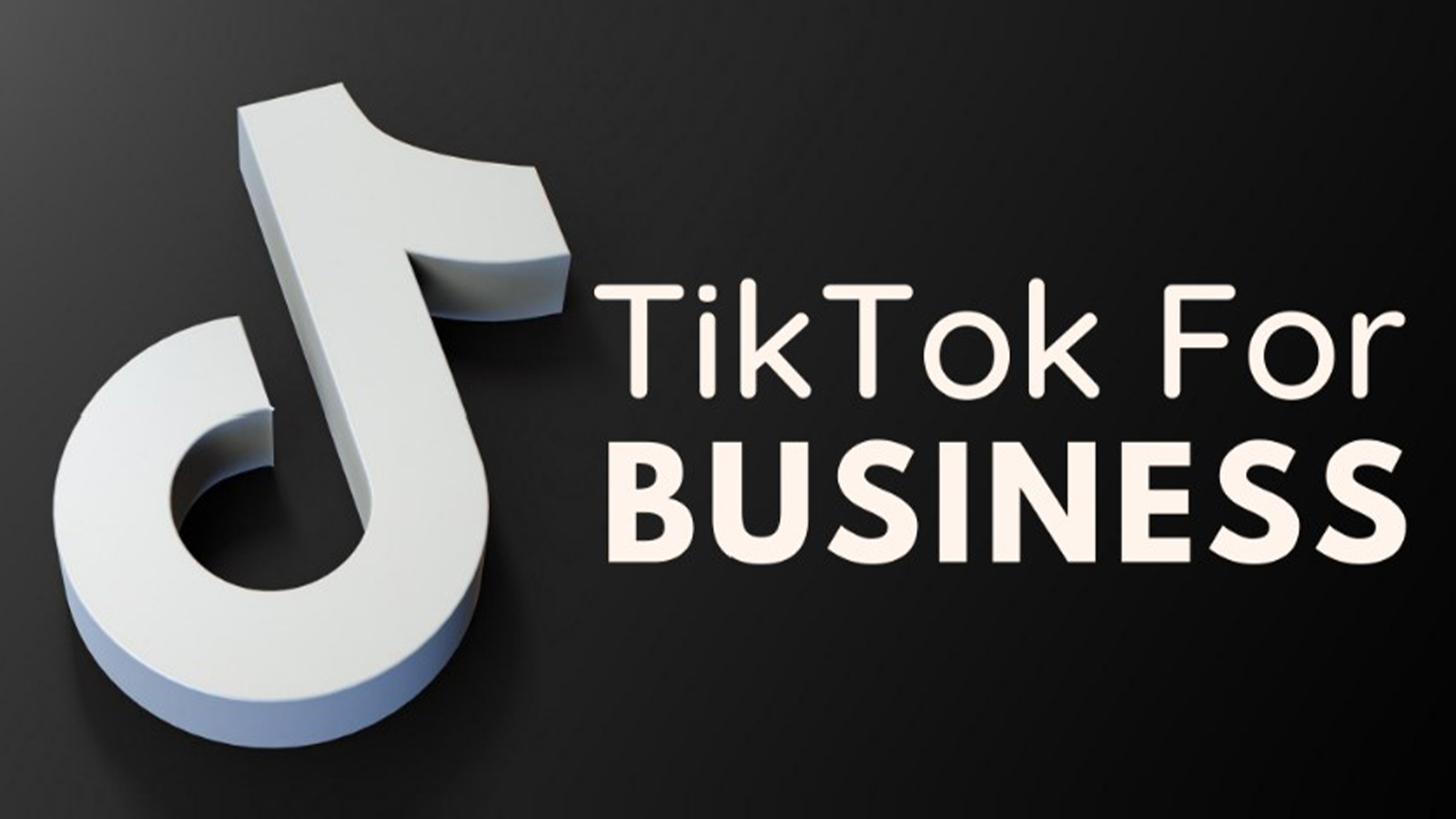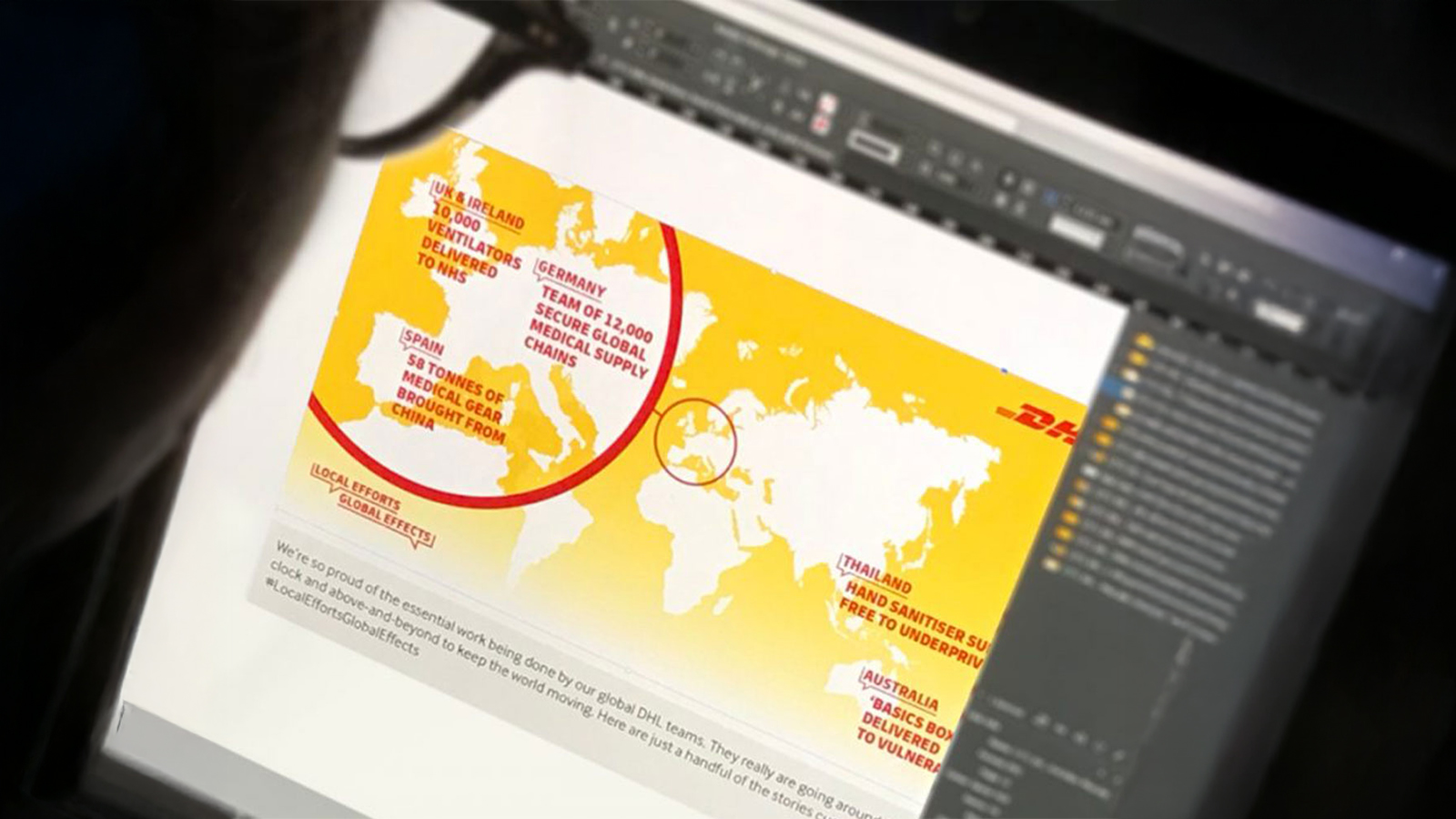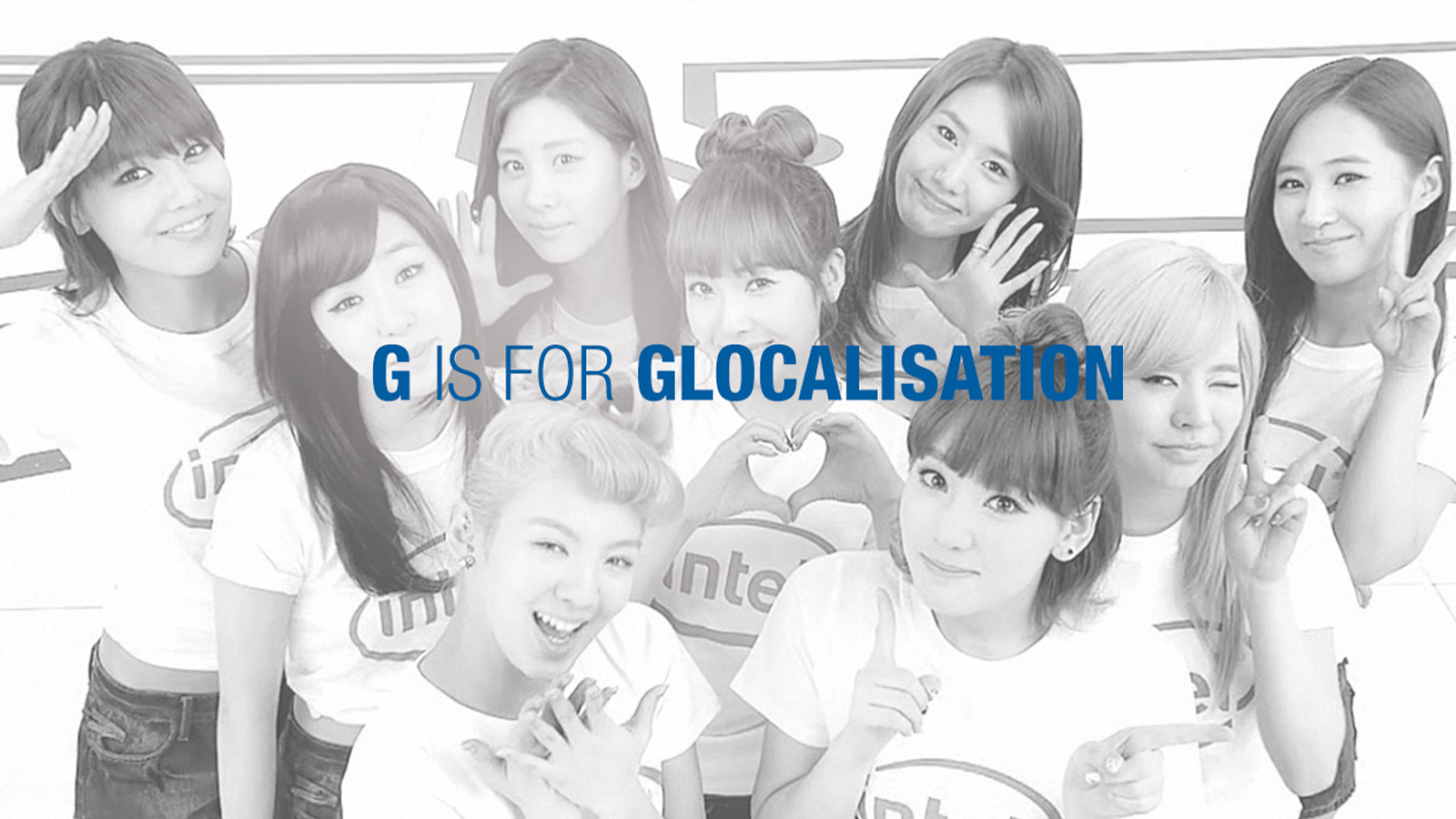Does your B2B brand stand out from the bland?
Many marketers would say that brands in the B2B space lack stand-out personality, certainly when compared to their consumer brand counterparts. Historically, B2B brands have played it safe, kept it conservative and focused on broad appeal so as not to offend, and by default, not ignite their audiences’ minds. Read article

Why ‘best practice’ isn’t always ‘best’ in B2B marketing
Read more
7-UPP: 7 reasons your B2B content isn’t engaging (and what you should be doing instead)
Read more
Stuff the stuffiness: B2B brands need to be more playful
Read more
7-UPP: 7 tips to power-up your B2B marketing
Read more
Why B2B brand building is the new ghostbusting for sales.
Read more
Why GEO Is the New SEO in B2B marketing
Read more
The Power of Collaboration: Creative and Strategy
Read more
How to Choose the Right B2B Branding Agency
Read more
Powerful Creative Thinking and a fresh new look at Upp B2B.
Read morePowerful Creative Thinking. Proven B2B Results.
From brand strategy to high-performance websites, compelling campaigns to data-driven digital marketing, we offer a full suite of services designed to ignite attention and excite audiences. Whether you need a bold new identity, a website that converts, or a campaign that delivers real impact, our expert team blends creativity with strategic insight to drive measurable success. Wherever you are on your journey, we’re here to help you take the next step with confidence.
Branding
Your brand is more than a logo – it’s the spark that connects you with your audience. Whether you need a full rebrand, a strategic refresh, or sharper messaging, we craft bold, memorable B2B brands that stand out, engage, and drive business growth. From strategy to execution, we bring creative thinking that ignites excitement and fuels success.
Websites
Your website is your most powerful digital asset – so it needs to do more than just look good. We design and build UX-driven, high-performing B2B websites that attract, engage, and convert the right audience. Whether you need a full site overhaul, a strategic refresh, or optimised landing pages, we create digital experiences that spark action and drive results.
Campaign
In a crowded B2B world, standing out takes more than just making noise – it takes strategy, creativity, and a bold approach. We create campaigns that spark interest, drive engagement, and deliver real commercial impact. Whether it’s brand awareness, lead generation, or customer retention, our campaigns excite audiences and inspire action at every stage of the journey.
Digital Marketing
Reaching the right audience at the right time takes more than just being online – it takes smart strategy, creative execution, and data-driven decision-making. From SEO and paid media to content marketing and automation, we craft digital campaigns that cut through the noise, spark engagement, and drive measurable results for your business.






















